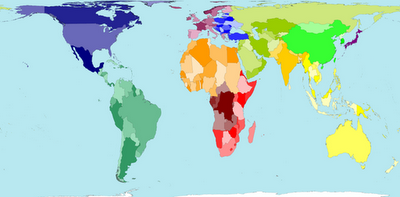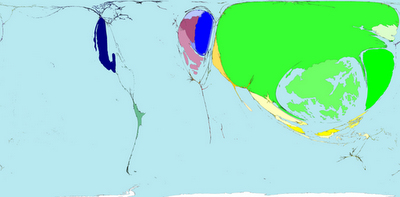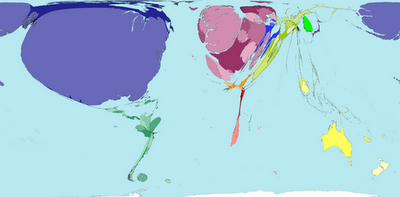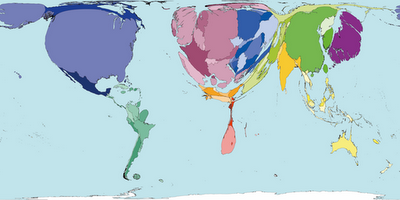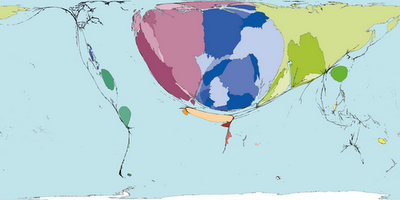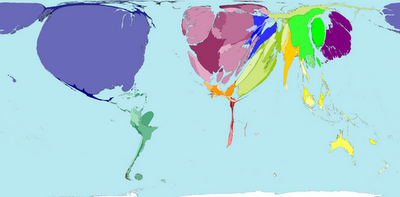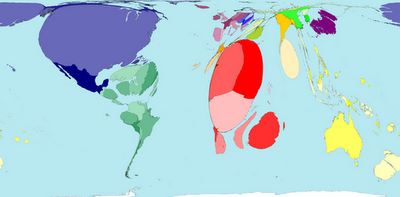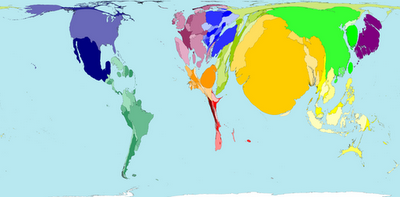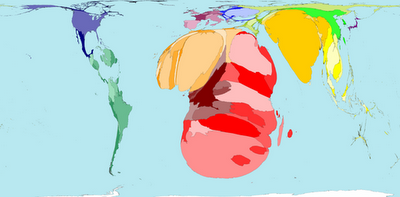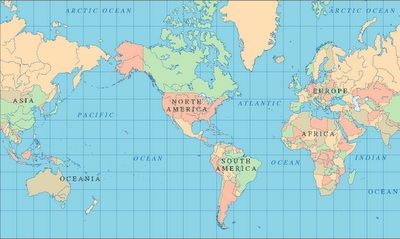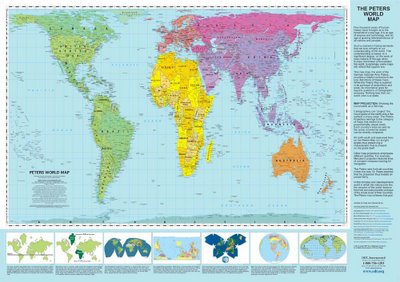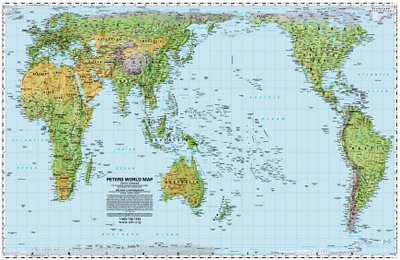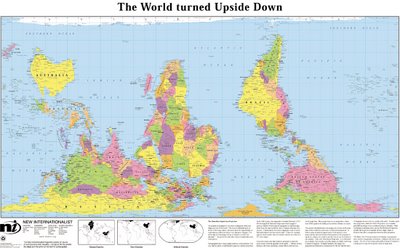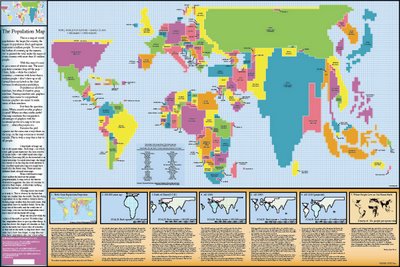The U.S. population is becoming less and less overwhelmingly white. Projections suggest that, by 2050, whites will compromise less than half of the population. This trend, according to the New York Times today, is being driven by our kids. Below, a map shows the percentage of non-white children in each state of the Union.

Among other things interesting to me about this discussion is the tendency to compare the proportion of the population that is “white” with the proportion of the population that is “not white.” This reinforces the notion that white is somehow pure and important, and everything else is just… something else. While some say that we will no longer be a “white nation” (for better or worse) when whites are outnumbered by non-whites, whites will still be the majority insofar as the non-white group is comprised of an incredibly diverse group of people by race, ethnicity, and immigration-status.

